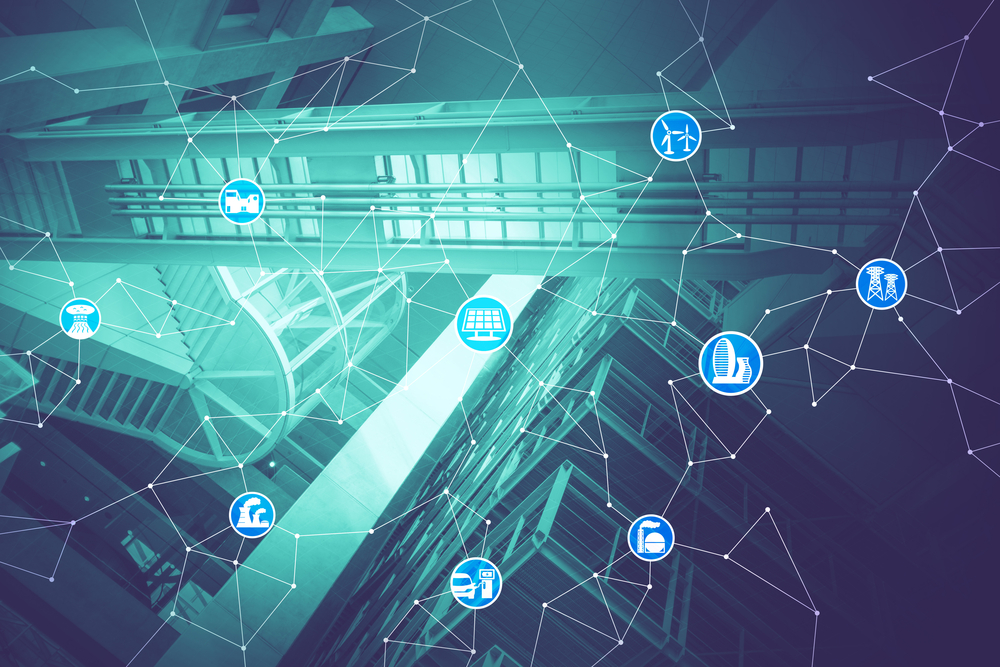National Renewable Energy Laboratory highlights Autonomous Energy Grids project

The U.S. Department of Energy’s (DOE) National Renewable Energy Laboratory (NREL) recently highlighted its Autonomous Energy Grids (AEG) project, which aims to ensure that the grid of the future can manage the growing base of intelligent energy devices, variable renewable energy, and advanced controls.
“The future grid will be much more distributed and too complex to control with today’s techniques and technologies,” Benjamin Kroposki, director of NREL’s Power Systems Engineering Center, said. “We need a path to get there—to reach the potential of all these new technologies integrating into the power system.”
The AEG envisions a “self-driving power system,” a network of technologies and distributed controls that work together to efficiently match bi-directional energy supply to energy demand. In today’s system, centralized control is used to manage one-way electricity flows to consumers along power lines that extend from central generators.
Instead, AEG grids are created within each other. Sections, or cells, of AEG use pervasive communication and controllability to continually pursue optimal operating conditions, which adjust to customer demand, available generation, and pricing.
NREL noted that AEG is currently a highly theoretical framework for future energy systems to build from, and the technology could be applied in approximately 10 years.
